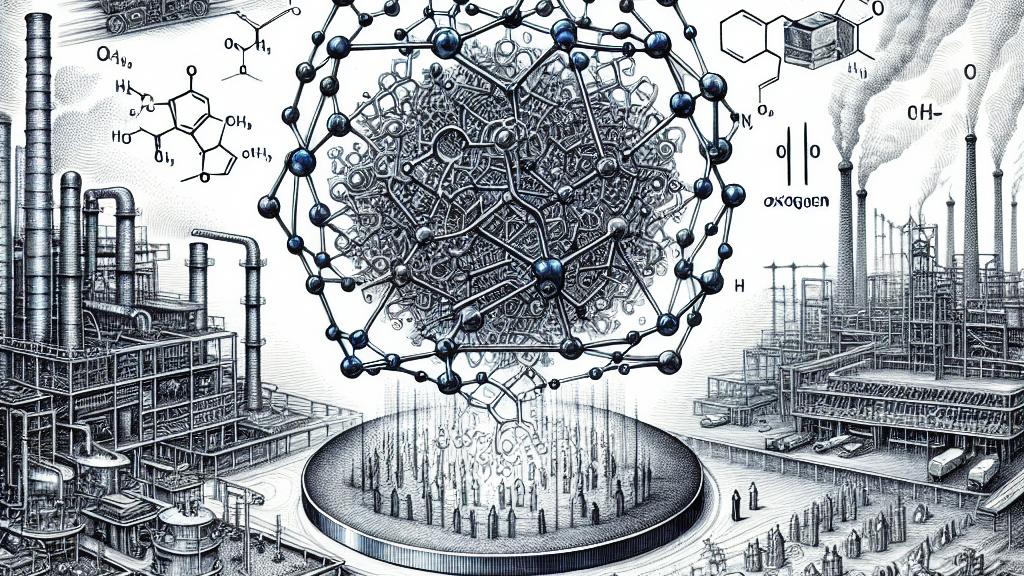New Method for Separating Oxygen from Argon Using Advanced Materials
Overview
- Groundbreaking MOF technology merges adsorption and dissolution, revolutionizing gas separation.
- Oxygen separation from argon is crucial for industries ranging from healthcare to manufacturing.
- This pioneering method opens up exciting possibilities for environmental sustainability and technological advancement.

Overview of the Development
In an exciting breakthrough, researchers at Nagoya University in Japan, headed by the innovative Ryotaro Matsuda, have taken on the formidable challenge of separating oxygen from argon. Historically, this task has stumped scientists, primarily because these two gases exhibit strikingly similar physical properties. What's remarkable about their work is the creation of a cutting-edge metal-organic framework (MOF) that not only traps oxygen molecules but also boosts their ability to dissolve in a liquid. This new technique, which they proudly term the 'adsorptive-dissolution' mechanism, allows for the efficient extraction of high-purity oxygen. This product is indispensable in numerous applications, notably in critical sectors like steel production and healthcare, where high-purity oxygen is essential for combustion processes and patient treatment.
How It Works
Traditionally, gas separation has employed two main strategies: adsorption, in which gases are captured in tiny pores, and dissolution, where they are mixed with liquids. Each approach has its own set of limitations, often making effective separation a slippery challenge. However, Matsuda's team ingeniously combined these two methods, using perfluorocarbons—liquids eager to dissolve oxygen. Imagine a partnership where the MOF acts like a sponge, soaking up oxygen, while perfluorocarbons enhance this process by facilitating its dissolution. This powerful collaboration creates a unique force for gas separation. The combination not only boosts efficiency but significantly lowers energy consumption, addressing a critical concern in traditional methods that often require considerable resources.
Why It Matters
The ramifications of this research are vast and pivotal. In healthcare settings, for instance, the ability to efficiently produce concentrated oxygen can transform patient care dramatically. Picture small, efficient systems replacing cumbersome oxygen tanks, ultimately enhancing patient mobility and comfort. Furthermore, the versatility of this MOF technique lays the groundwork for potential future applications, such as separating other hard-to-isolate gases like nitrogen and carbon dioxide. Imagine the impact on environmental management—this method could enable the capture of harmful greenhouse gases, directly contributing to climate change mitigation strategies. The energy-efficient nature of this innovative technology dovetails perfectly with global sustainability goals, fostering a path toward a decarbonized society. In conclusion, this groundbreaking approach not only promises to slash operational costs but also stands to make a significant impact on reducing the carbon footprint of industries reliant on gas separation, all while championing the pursuit of green technology.

Loading...